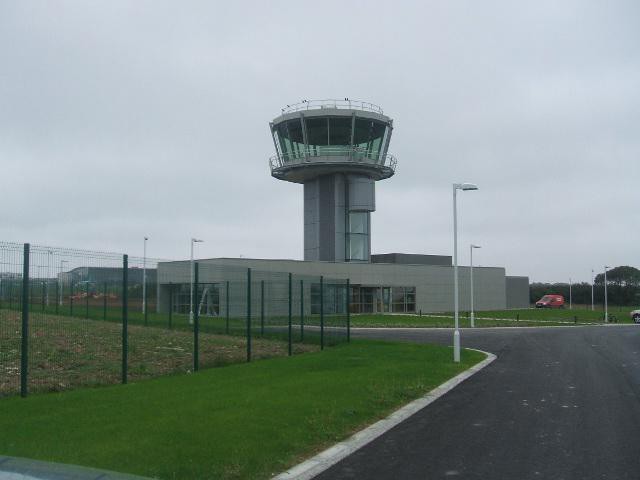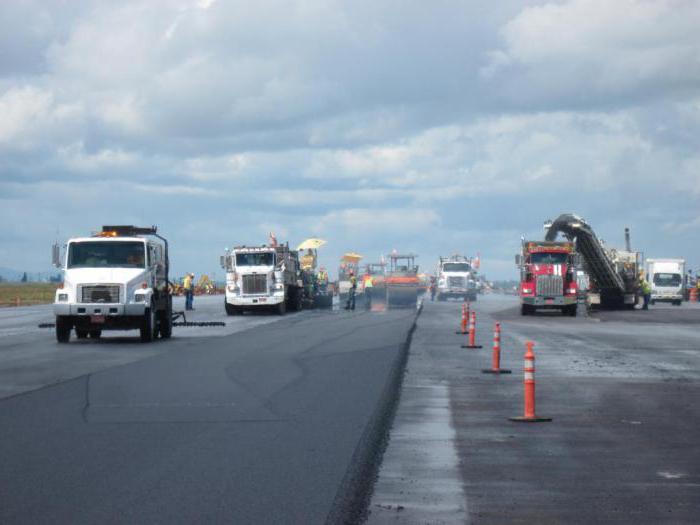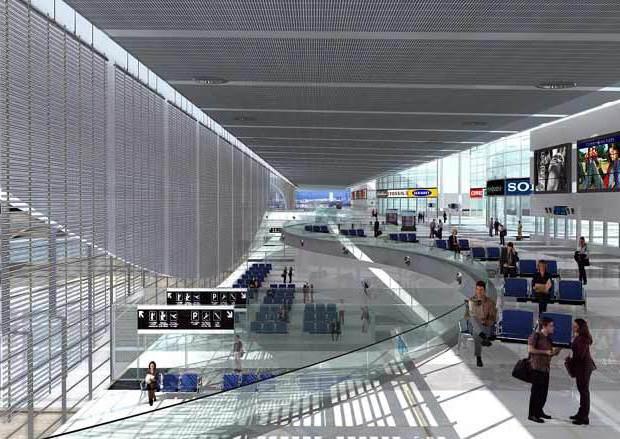In the eyes of the layman, air transport is one of the most dangerous means of transportation. The tragedies that happen in the air attract attention. This is partly due to the deaths of dozens of passengers at the same time, but the rarity of such phenomena is the main attracting factor. Aircraft based on statistical data can be put in place of the least risky transport. In many respects this is facilitated by aviation security, which includes multifaceted standards and rules for organizing transportation. Their observance allows minimizing possible threats both in the operation of airports and in the process of flights.

Who provides airport security?
For security at airports, special services authorized by the relevant authorities are responsible. As prescribed by the instructions, the aviation security service must ensure the security of airport facilities, carry out inspection of the crew and operating personnel, check hand luggage, baggage, on-board supplies and cargo. In addition, representatives of such services monitor aircraft and support measures aimed at preventing attempts to hijack aircraft.
It is important to note that the employees included in the security unit personnel have special training. According to the regulations, the aviation security service should be staffed with personnel trained in certified centers.
Airport Infrastructure Requirements

For the full operation and security of the modern airport complex, the following facilities are required on its territory:
- Baggage and passenger screening area equipped with appropriate equipment. Depending on the scale of the complex, there may be several.
- Room for personal inspection of passengers.
- Special facilities in which ammunition and weapons can be stored.
- Cargo check rooms.
- Service premises in which security personnel are located.
- Premises intended for recreation staff.
- Checkpoints.
The above-mentioned aviation security requirements for the infrastructure support of airport complexes are agreed with specific enterprises in the form of a project. For example, a regional airport must obtain an appropriate permit for the construction, and in the future, for the operation of facilities in the regional aviation supervision department.
Organization of access control

The organization of the work of checkpoints is carried out in accordance with the standards that govern territorial supervision. In the access control mode, in particular, it is supposed to limit the location and passage of ground transport to taxiways and aprons. Also, aviation security of the airport provides for the installation of fences in areas of jointly based airfields. All entrances and exits are controlled by local security services. The staff, as well as service workers, whose activity involves being at the airport, must comply with the rules of access control and in-house regimes. For crew members performing flight tasks and other official functions in the controlled area, special passes and certificates are provided.
Aircraft and airport security

Aircraft are constantly monitored by security services.This also applies to service vehicles with fuels and lubricants. Procedures for the reception and transfer of vehicles are also carried out with the participation of representatives of security services. Separate aviation security rules apply to the organization of aircraft parking areas. Such zones are necessarily provided by checkpoints, lighting systems, video surveillance systems, means of protective alarm, etc. Along the perimeters of airport facilities for the protection of vehicles, sometimes there are observation platforms, points with service dogs, guard towers, as well as electronic devices for revealing the facts of penetration into the territory by violators.
Pre-flight search of vehicles
Passengers, mail, cargo, as well as aircraft maintenance personnel and crew members are subjected to the preflight inspection procedure. Direct verification is carried out by authorized persons. Also, aviation security provides for the possibility of connecting security officers to search. Airline workers and service personnel are inspected at checkpoints. Crew members do not always undergo such an inspection, but, according to general rules, they should be checked at the checkpoint. As information support, posters and signs indicating the names of objects and substances that are not allowed for transportation should be installed in the areas of ticket sales and at the passenger registration points. Pre-flight screeners are required to be polite and attentive to passengers.

Air Transport Screening Rules
Aircraft inspection is carried out in the process of its preparation for the flight, as well as after the flight. This also applies to intermediate parking during transit flights. In accordance with the instructions, the inspection is carried out according to the following rules:
- Inspection is possible only on the condition that all passengers and staff have left the board.
- During the event, only employees of the engineering department, as well as members of the flight crew, participate. When performing international flights, safety in air transport provides for the participation of border and customs officers in inspections.
- Upon detection of signs of a possible threat to transport and passengers, the aircraft undergoes additional testing in a special parking lot.
To simplify and improve the efficiency of the on-board inspection procedure, schematic information is provided indicating the places most at risk.
Emergency management
In this case, emergency situations are understood as acts of unlawful interference in the work of personnel providing air transportation. To resolve such cases, an appropriate action plan is being developed. It takes into account measures aimed at preventing and combating the seizure and hijacking of vehicles. Also, aviation security in this part involves the development of communication and warning systems, instructions for security services and shift duty officers after receiving information about threats of hijacking, etc. No less important is coaching at the airport itself in case of unlawful interference by intruders. The settlement function on the ground is assigned to the operational headquarters, which through telephone, radio and e-mail can coordinate and adjust the actions of personnel on board.
Security at Federal Airports

At airports serving international traffic and having federal status, more stringent measures are being taken to prevent terrorist acts. In particular, aviation security requires the following conditions to be met:
- Organization of the cynological service.
- Equipping checkpoints with automated tools for managing access to personnel.
- Checkpoints for air transport are equipped with forced stop systems. This measure was introduced to prevent theft of aircraft right before taking off.
- To prevent the risks of carrying explosives for airports, a three-level inspection of cargo and baggage is provided.
Conclusion

Technical means and organizational methods for preventing threats during the operation of air transport and related facilities are constantly being improved, increasing the level of protection. It is important to consider that aviation security is being pursued in different directions. This includes the introduction of control facilities in the overall infrastructure of the airport, and improving the efficiency of security services, and the introduction of new means of communication between employees. Along with this, safety features on board air transport are regularly being improved, which helps to prevent various threats already during the flight.






